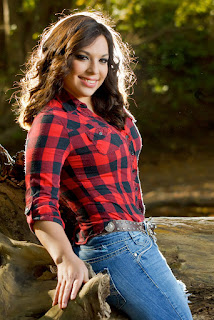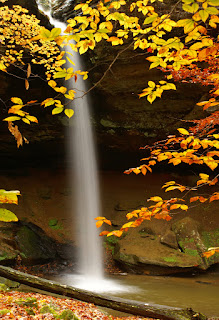Xross Training (Cross Training) is a technique used by athletes to enhance their overall performance. Athletes have learned that by getting involved in various kinds of fitness activities their baseline fitness level is elevated over time. It also helps to prevent burnout and plateauing where your body no longer responds to the demands placed upon it. It can even prevent becoming stale and bored. Photographers are subject to the same kind of issues and can find benefit by Photographic xross training.
I tend to do a lot of different types of photography. During any given period of time I may concentrate more on one type than another, but overall the variety of photography challenges I've carried over the years has greatly improved my understanding of the photographic process. Whether it be landscape, wildlife, or nature, or portrait in a studio or location shooting, macro, night sky, low light, and yes even timelapse photography, I find a great deal of pleasure in pursueing all types.
At first I simply wanted to do something different so I began looking at other ways to use my camera. But, over time I began to realize the benefits of having done this. For example, shooting the night sky requires you to understand the exposure process in more detail and forces you to shoot in manual mode. It teaches you about the light gathering ability of the digital camera which can be applied to other forms of photography.
Shooting the night sky forces you to look at the exposure from a different perspective. Low Light photography does a similar thing by forcing you to look at how your camera reacts to the different light tempertures, or white balance.
One of the best ways to cross train your photography is to photograph people in general or more specifically to get involved in location portrait shooting.
The reason for this is because when photographing people you are constantly looking at every form of light; soft light, harsh light, directional light, backlight, filtered light, colored light and how to apply white balance effectively, artificial light and all the possibilities it opens. You also look at expression and how light captures mood. You learn to work through the exposure process to capture challenging moments (we'll talk more about photographing people in part 6). And, those are just a few of the examples.
It is easy to fall into a photographic rut often caused by doing the same ole thing the same ole way all the time. By Xross Training you break up the monotony, you challenge yourself in new ways, new opportunites suddenly appear and old opportunites become fresh and exciting again.
The bottom line is this. Don't be afraid to try something new even if you have no clue how to do it. You might be surprised at what you can learn and discover about yourself. Let me give you an example of how trying something new literally changed the direction of my photography.
About three years ago or so I knew literally nothing about how to use a speed light or flash. My point of reference about using them went way back to the old flash cube days with their harsh light and red eye effects. I owned a single flash back then but rarely used it because in reality I was afraid to. I didn't want to look foolish because of my ignorance of how to use them. I just kept saying, "I prefer to shoot portraits in natural light." But, I kept seeing all of these amazing images others were making using speed lights and I knew I was missing something. There was more to this form of photography than I understood, so I began to read and watch YouTube videos by Joe McNally, Joe Brady, and others. One day while watching one such video Joe Brady explained in very simple terms the relationship between the flash and the camera and all of a sudden that little light bulb went off in my mind and I said, "Oh...so that's the way it works. Now I understand...this is actually quite simple."
 and today I absolutley love using them for location portrait shoots. I am still learning how to put them into play, but each time I do a shoot, I learn something else. Three years ago I had no clue what I was doing, yet today because I tried something new, some of the most compelling portraits I've ever made were created using off camera flash. That is the kind of lesson one learns from Xross Training and not being afraid to try something new.
and today I absolutley love using them for location portrait shoots. I am still learning how to put them into play, but each time I do a shoot, I learn something else. Three years ago I had no clue what I was doing, yet today because I tried something new, some of the most compelling portraits I've ever made were created using off camera flash. That is the kind of lesson one learns from Xross Training and not being afraid to try something new.From location portraits I've learned the importance of expression, light, and timing. Landscapes and scenics have taught me about how to simplify...to identify what is really important. From nature and wildlife I've learned to be more patient and exacting. Night photography has helped me read drama and story into a composition. From astrophotography I've learned to anticipate the extraordinary and to look for what is not always seen. From working events I've learned how to operate at a fast pace and make quick instinctive adjustments. Black and white has shown me the importance of shape, form, and texture. Floral's have helped me discover subtle details and how to apply light to enhance those details. Video has taught me about angles, steadiness of hand, and continuity. Xross training your photography will in time generate a stronger overall performance that will show up in all forms of your photographic pursuits.











